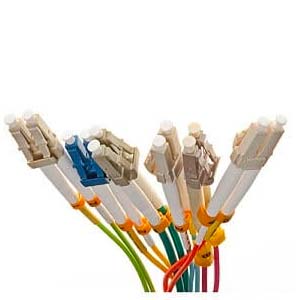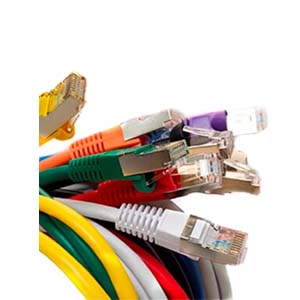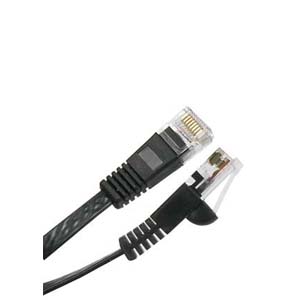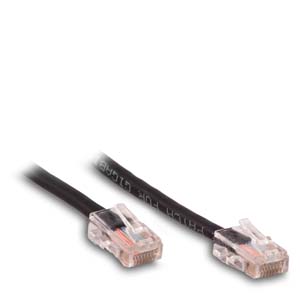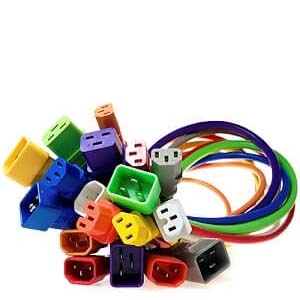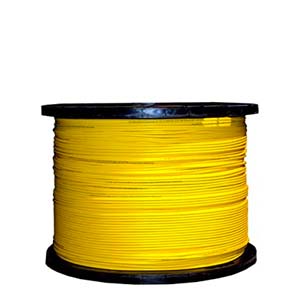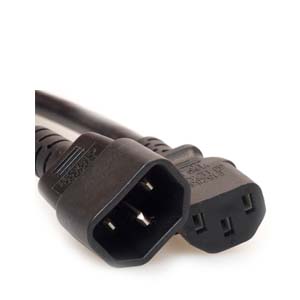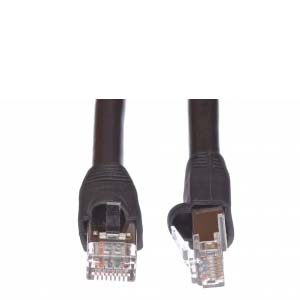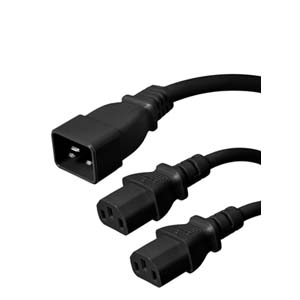Cables Blog
The Best Cabling Choices for Music
Nothing is more frustrating that anticipating an awesome evening with an epic movie or your favorite band, only to have it sound thin or distorted like a radio from 1923. While many people assume the problem lies with their speakers or with the media itself, often the problems begin with using cheap or inferior cables to connect the system components.
by Vikas Dayal • May 01, 2017
Nothing is more frustrating that anticipating an awesome evening with an epic movie or your favorite band, only to have it sound thin or distorted like a radio from 1923. While many people assume the problem lies with their speakers or with the media itself, often the problems begin with using cheap or inferior cables to connect the system components. When purchasing cables for your audio needs, there are specific cables designed for specific music needs, so the proper cable can make all the difference in your music experience.
If you are connecting components at your home, using regular RCA cables is usually acceptable. These are commonly colored red and white, and they can be found at nearly any retail store or audio shop. Typically, thicker cables will have better sound due to better shielding and shorter cables are less susceptible to interference. There is generally not a noticeably difference between the different brands, but it usually wise to steer clear of the cheapest options as they are more likely to develop shorts or simply break.
On the other hand, professional-level cables come in several types depending on the types of connections you need to make. Unbalanced cables are used to connect instruments to amplifiers or DI boxes. They should run no longer than twenty-five feet, as a longer run will likely introduce interference and degrade the signal. Balanced cables have a third wire that serves to remove extra noise from the signal. They will frequently have XLR connectors, which are sometimes called “mic” connectors because they are most often used to connect microphones to mixers or other equipment. However, TRS cables look unbalanced cables but carry a balanced signal, so it's important to confirm which type of wiring each cable has. Balanced cables are preferable for longer distances, such as connecting stage microphones or instruments to a mixer located in the back of the room.
When making connections between speakers and an amplifier, one must also consider the gauge of the cable. Cables are rated according to the amount of wiring inside the cable. A smaller gauge number means a thicker gauge, so a 14-gauge cable is thicker and has more internal wires than a 12-gauge cable.
The most common mistake people make when connecting speaker system is to use instrument cable instead of speaker cable to connect amplifiers and speakers. Though the connectors look the same, speaker cable has a much higher gauge, which means there is more wiring inside the cable to carry the signal. If a smaller speaker cable is used, the cord may melt or the amplifier may overheat because so much power is needed to drive the signal through the smaller gauge wire. Additionally, length of run may also be an issue. The longer the cable has to be, the thicker gauge you need. If a thinner cable is used over long distance, the low frequencies can lose some of their power, and overall sound quality is diminished.
As with any technology, you get what you pay for when choosing audio cabling. Less-expensive options may be acceptable for simple home use, but if you are setting up a sound system for a larger public function, it may be worthwhile to invest in more robust cabling. If you can afford to purchase high quality and thicker cabling, it will pay off in durability and overall enjoyment of your music in the long run.


